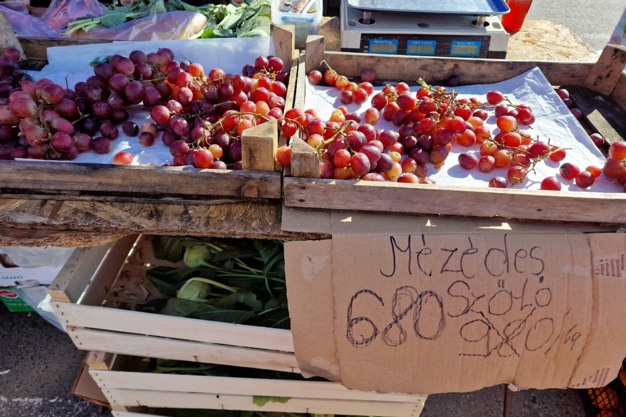The fruit sector in Hungary needs to adapt to climate change to survive. In a recently published analysis on the issues that fruit growers face in Hungary, it shows 82% of the agricultural area is arable land. In last year`s agricultural output, horticulture contributed 1%. There is little representation of fruit and vegetable growers with much of the sales value going to retailers, to which a larger concentration of fruit farmers in producers' organizations would be a solution. The analysis concludes that the key factors for the development of the sector are increased knowledge, labour, energy prices, and climate adaptation. Some new, Mediterranean fruit crops will also appear in Hungary, for which farmers should start preparing.

Hungarian agriculture is "bleeding from multiple wounds" says MATE rector Csaba Gyuricza, rector of the Hungarian University of Agriculture and Life Sciences (MATE). He has stated that the effect of climate change is manifesting more and more drastically in Hungarian agriculture. Gyuricza has mentioned that among the weaknesses of Hungarian agriculture, one is the country`s lack of adaptation to climate change.
Even though the 2022 drought has caused substantive damages in the Hungary`s agriculture industry, the adaptation of new technologies has not started on a wider scale. The rector has also voiced the opinion that Hungary is a small agricultural country, and cannot be a major player on the global market in terms of volume. Aside from this, other potential industrial segments are seed production, vegetable farming, and vegetable and fruit-producing horticulture.
